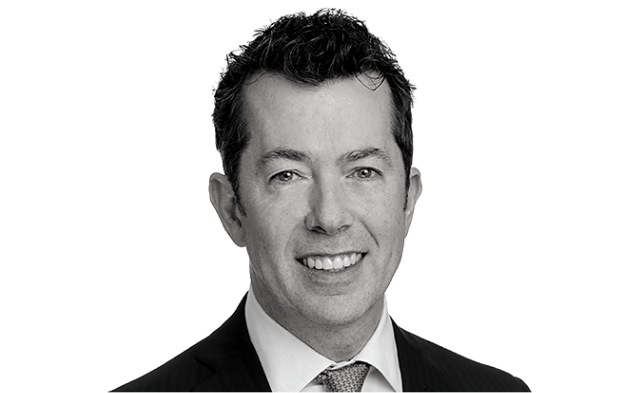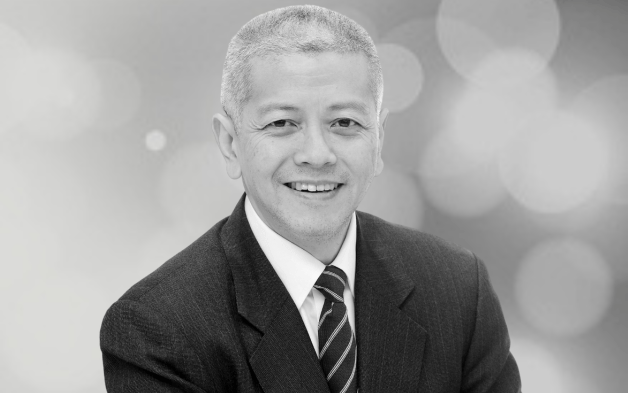Infrastructure investors are choosing infrastructure assets based on whether they can decarbonise – and declining investments that can’t.
One example is asset manager First Sentier Investments’ recent investment in European district heating assets, sure in the knowledge that green energy sources like waste timber, solar and ground source heating would fuel the centralised heating provider for residential and commercial properties going forward.
“These were the considerations we had in the acquisition process,” said Niall Mills, managing partner of global infrastructure at First Sentier speaking at Sustainability in Practice at Cambridge University.
Elsewhere, the United Kingdom’s NEST turned down the opportunity to invest in an airport because of the asset’s conflict with net zero.
“The airport story is uniquely unconvincing,” said Mark Fawcett chief investment officer of the £20 billion defined contribution fund. “Airports claim to be net zero but ignore the emissions from their aircraft.”
Fawcett said that although NEST won’t exclude infrastructure managers that invest in airports from its mandates, managers should expect NEST’s investment team to dig deep into stranded asset risk, verifying the long-term rewards given the airline industry faces such disruption ahead.
“I doubt Heathrow will have five terminals in 2050,” he said. NEST has the ability to invest longer-term than peers due to is young membership but Fawcett said trust and avoiding greenwashing are crucial seams to its renewable investment strategy. When it comes to choosing managers he said NEST seeks long-term partners who should be prepared for “left field” questions that uncover attempts to greenwash.
Delegates heard how transitioning some infrastructure assets from coal has been complicated by Russia’s invasion of Ukraine triggering a European energy crisis. Mills noted how plans to transition German infrastructure assets from coal to greener sources by 2028 are now likely to be delayed, requiring a “Plan B” and highlighting how some matters are out of investors’ control.
Policy challenge
Infact, one of the biggest challenges to lowering emissions in infrastructure comes from policy. For instance, First Sentier owns a city centre parking business in Spain where it would like to build charging infrastructure, yet people using the facility still drive petrol vehicles because of the absence of policy and regulation.
“We haven’t greened it quickly enough,” he said. “The speed of change is slow.”
Mills said the asset manager was uncomfortable investing in an asset where it didn’t’ believe it could control the agenda around decarbonisation.
“It has to be supported by the right framework so we know we are not going to lose investors money.”
compelling transition stories
Other compelling green infrastructure investments include ferries. Both First Sentier Investments and NEST have invested in ferry businesses where they have been able to decarbonise assets, swapping diesel fuel for battery technology, charged by renewable sources. Mills, who espoused the importance of equity stakes to help control asset transition and effect change more quickly, explained how one ferry business between Denmark and Germany uses hybrid energy sources, offering a greener alternative to a proposed tunnel linking the two countries.
“We are trying to prove that the ferry business is completely clean and doesn’t require digging up ocean,” he said.
Elsewhere, a wind farm investment in Portugal has championed local wildlife and local manufacturing, reducing transport costs and emissions.
NEST, which has invested in a Norwegian ferry business, is drawn to compelling transition stories, said Fawcett.
“If a business is transitioning, we want to see these examples in action. We want to see the environmental impact and how that will create value over the long term for our members.”
Technology
Panellists espoused the importance of technology in infrastructure but also flagged risks. In renewables, NEST favours proven technologies in wind and solar, although Fawcett noted newer technologies around storage felt like a “fertile area” for the future. Mills added that technology around voltage control amounts to one of the most exciting opportunities in the UK.
“It is a tiny investment with huge benefits.”
Investing in green infrastructure in emerging markets is challenging, particularly around governance linked to property rights. Indeed, this is still a factor in developed economies like Spain where government intervention on purchase power agreements has left investment in doubt.
Fawcett concluded that investing in carbon offsets was a “last resort” at NEST.
He said the pension fund would have to have made a lot of progress before it relied on investing in environmental projects in order to balance out the fund’s own carbon footprint.



